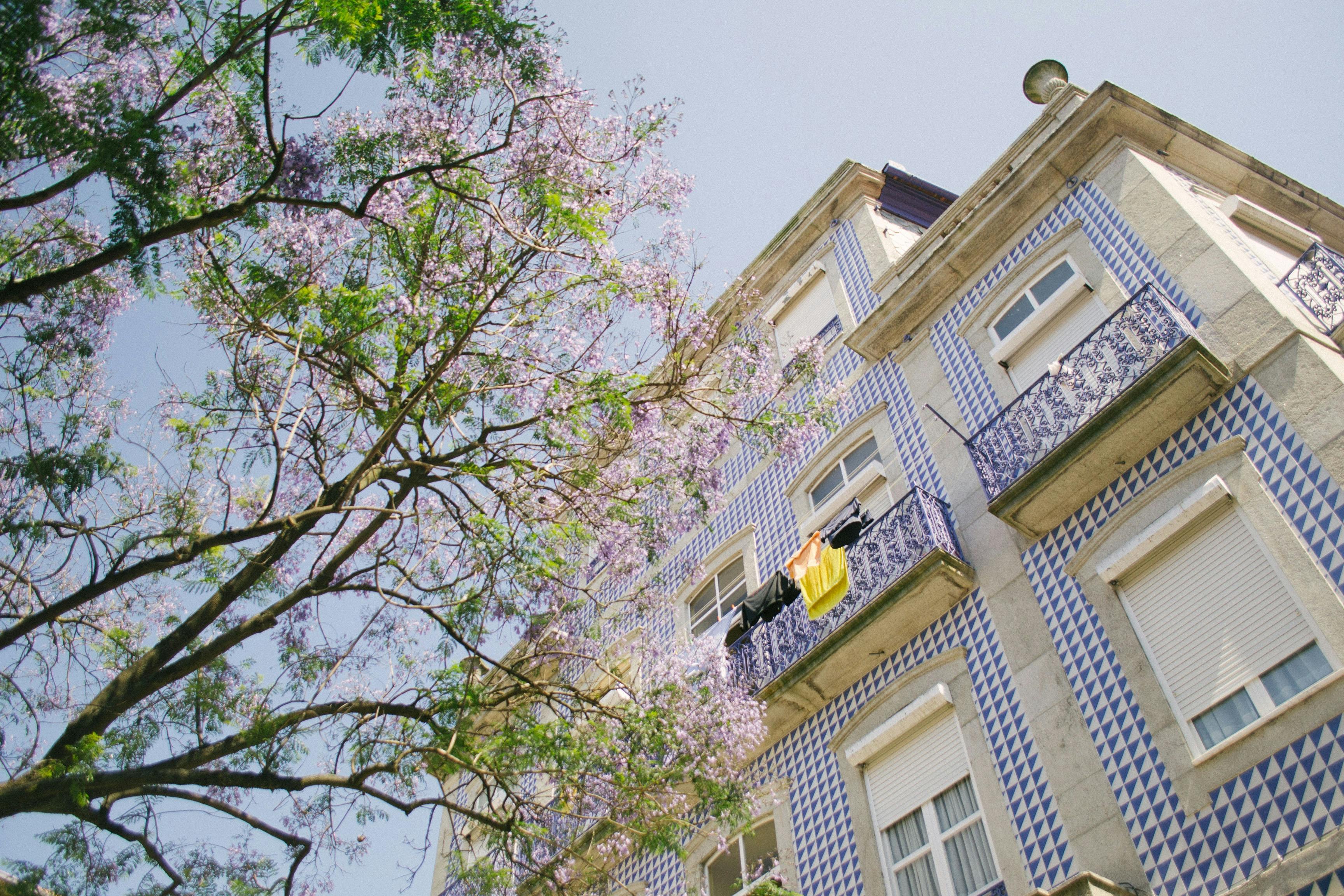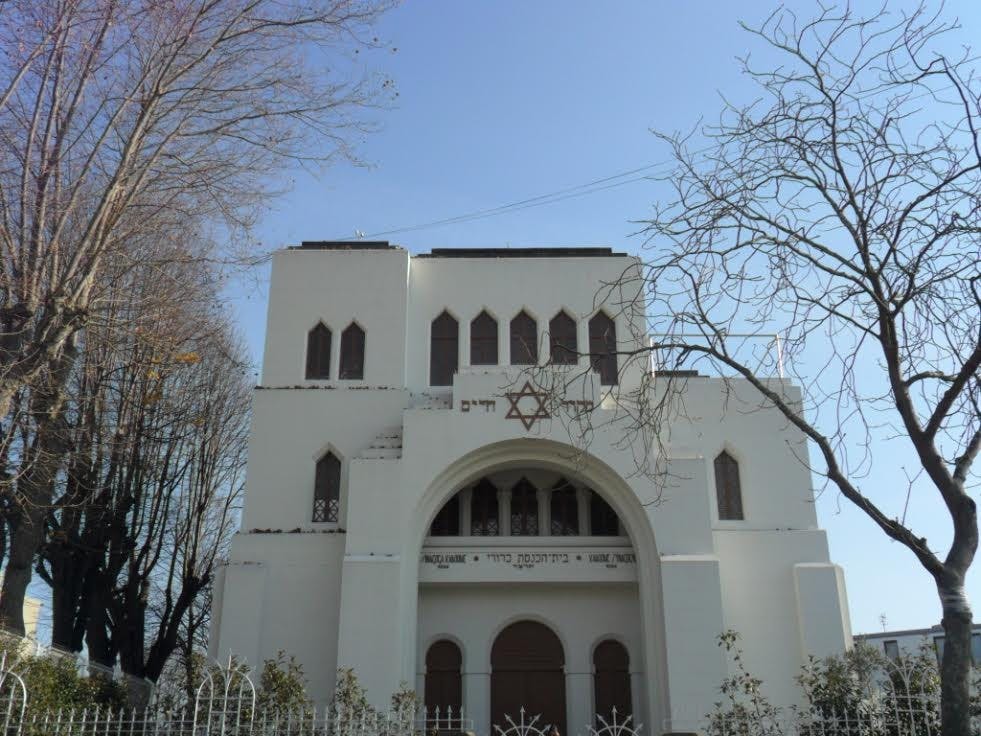São Bento Railway Station, or “Estação de São Bento”, is not just another transportation hub in Porto, Portugal; it’s a work of art and a testament to the rich history of the city. Situated in the heart of Porto, this railway station is a must-visit landmark for anyone traveling to or through the city. Here’s why:
1. Architectural Marvel:
Built in the early 20th century, São Bento Railway Station was designed by the architect José Marques da Silva. The structure boasts a distinctive French Beaux-Arts architectural style, with a façade adorned with intricately carved stone and a clock tower that punctuates the Porto skyline.
2. Stunning Tilework:
Upon entering the station, visitors are greeted by an awe-inspiring display of azulejo tilework. These blue and white ceramic tiles, a hallmark of Portuguese art and architecture, depict various scenes from Portugal’s history, from the Battle of Valdevez to the Conquest of Ceuta. Crafted by the artist Jorge Colaço, there are approximately 20,000 tiles that took over 11 years to complete.
3. Historical Significance:
The station is named after a Benedictine monastery, São Bento de Avé-Maria, which previously occupied its location. The monastery dated back to the 16th century and had a significant impact on the cultural and religious life of Porto.
4. Modern Functionality:
While São Bento is a historical gem, it is also a fully functional railway station. It serves as a primary hub for trains traveling to and from the Minho, Douro, and Beira regions of Portugal. Its central location makes it easily accessible, and its proximity to various tourist attractions in Porto adds to its appeal for travelers.
5. Cultural Events:
The station isn’t just a point of departure or arrival. Over the years, it has hosted numerous cultural events, art exhibitions, and performances, further cementing its position as a focal point of Porto’s cultural landscape.
6. Revitalization Efforts:
Recognizing the station’s historical and cultural value, the Portuguese government and local authorities have undertaken various revitalization projects to preserve its architectural integrity. These efforts ensure that São Bento continues to enchant visitors for generations to come.
Conclusion:
São Bento Railway Station is more than a transportation hub; it’s a symbol of Porto’s rich heritage. Its architectural beauty, combined with its historical significance, makes it a must-visit for anyone exploring the city. Whether you’re catching a train or simply admiring its azulejo masterpieces, São Bento promises a journey back in time, offering a glimpse into Porto’s storied past.











